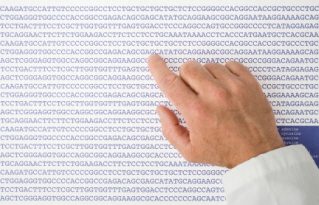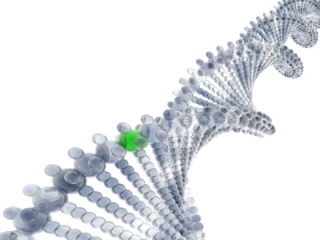Forty advanced placement science students at Soldan International High School in St. Louis have submitted their DNA for testing with the National Geographic Society’s Genographic project. An article in the St. Louis-Post Dispatch highlights some of the statements made by the students and faculty:
“Many times students don’t see the relevance of what they’re learning,” said Assistant Principal Alice Manus, the Soldan project coordinator. “What they’re learning here will have all sorts of relevance because, really, we’re looking into their lives.”
One student, named John, had more reason to be excited about this test than most – his father died when he was only 13. “I never knew him that well,” said the Soldan sophomore. “Maybe this will tell me more about who he was and where he came from.”



 A recent
A recent